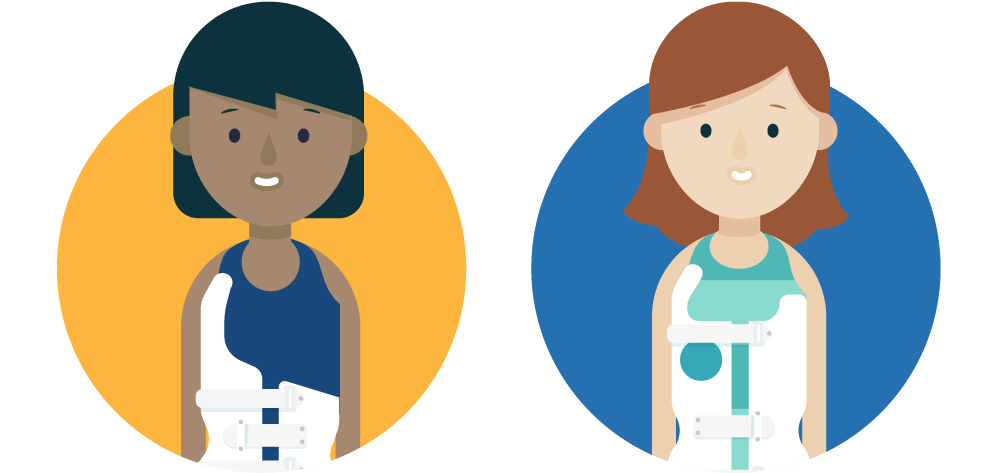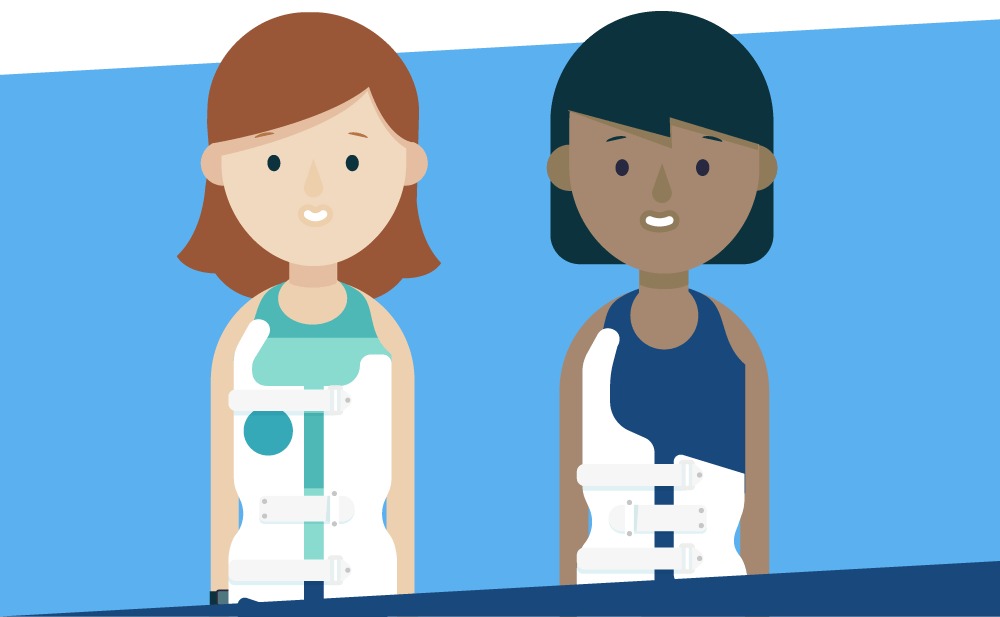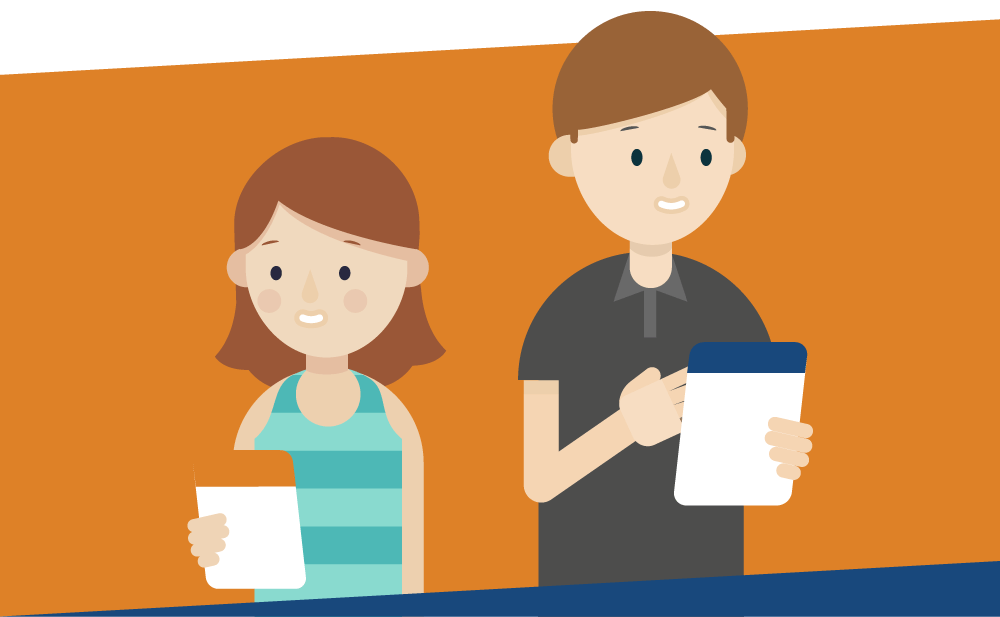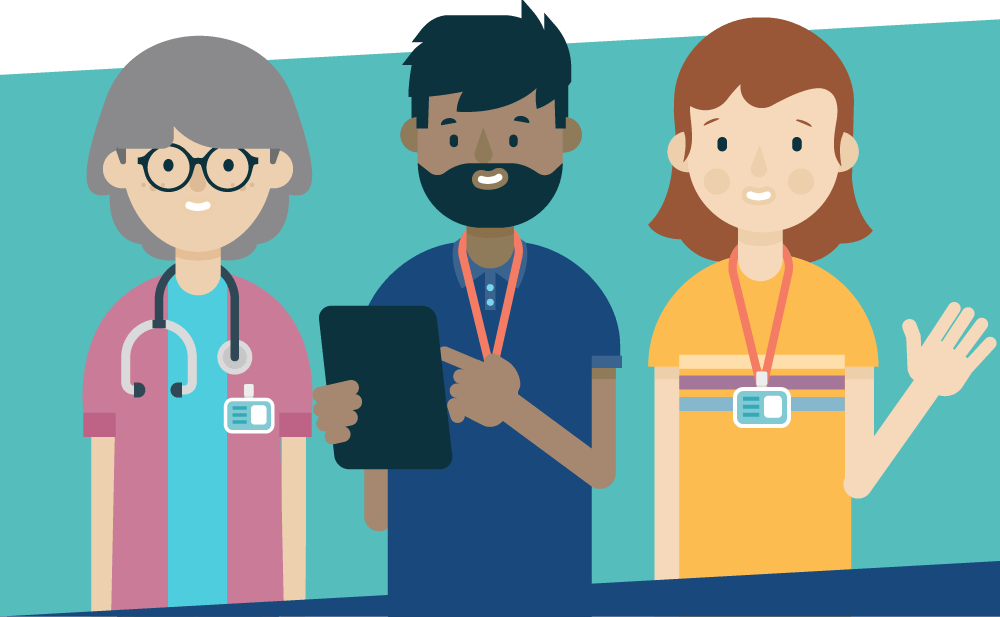
The BASIS Study
We use back braces to treat scoliosis because they can stop the curve to the spine getting bigger and reduce the need for surgery. The BASIS Study is trying to find out which type of back brace is best for treating children and young people with scoliosis.
The BASIS study currently has 505 patients taking part (as of 21/11/2025), across 22 hospitals in the UK. Thank you to all of the patients and their families for continuing to attend their study visits and complete questionnaires – the study can’t work without all of your support! We are also now running the BASIS2 study for some of the patients who reach the end of BASIS. If you’d like to know more about BASIS2, and whether this may be an option for you, please speak to your local research team. There are currently 24 patients taking part in BASIS2.
Participant Information Animation
Participant Information Animation
The study is comparing two different types of back brace, one which is worn for at least 20 hours a day, and one which is worn only at night-time.
Early detection means that bracing is an option
Cards

Take Part
For more information on what will happen if you decide to take part, follow the link below.

About the Study
Follow the link below to learn more about the BASIS study.

Contact
If you have any questions or would like to speak to a member of the research team, follow the link below.



